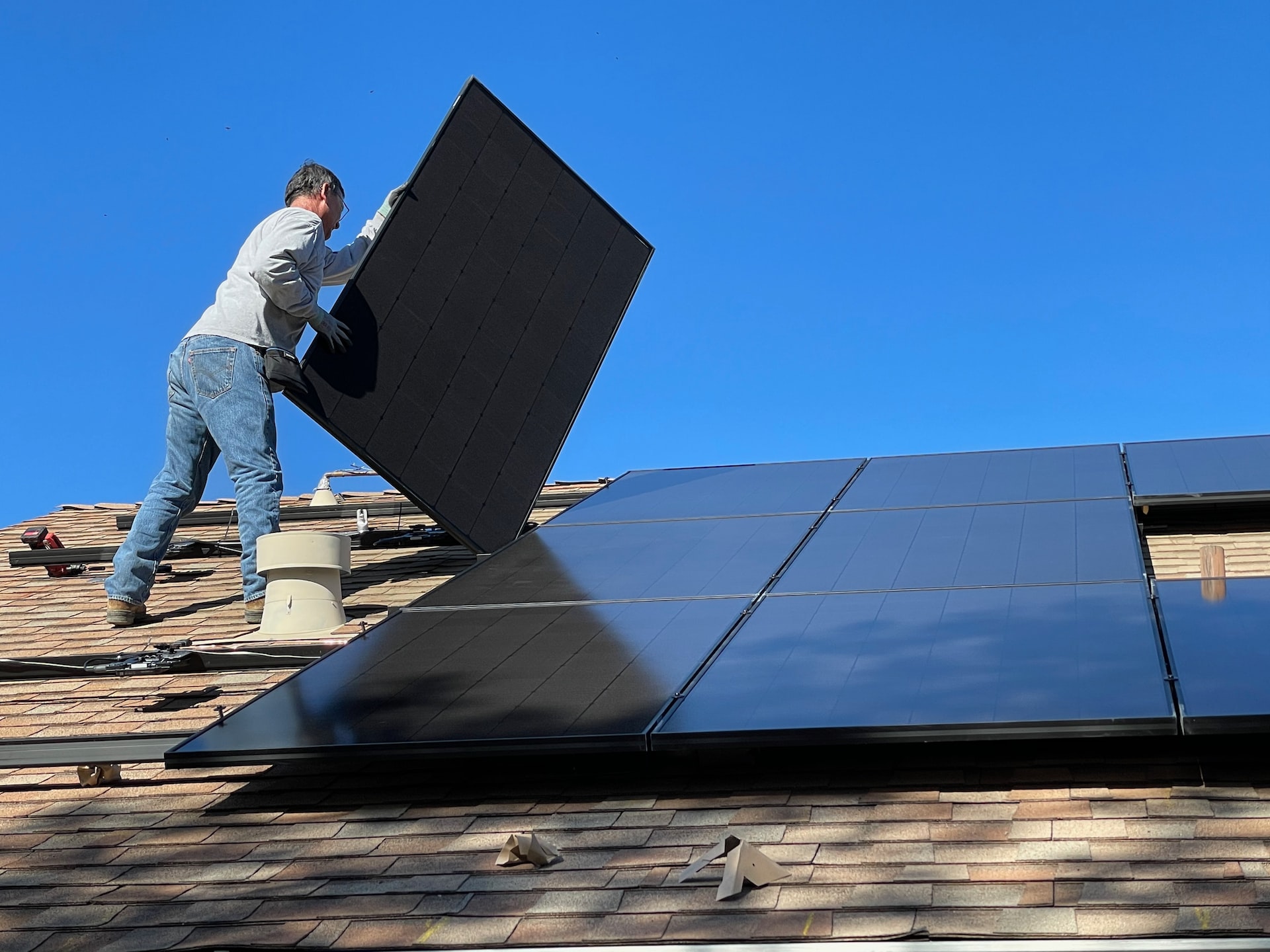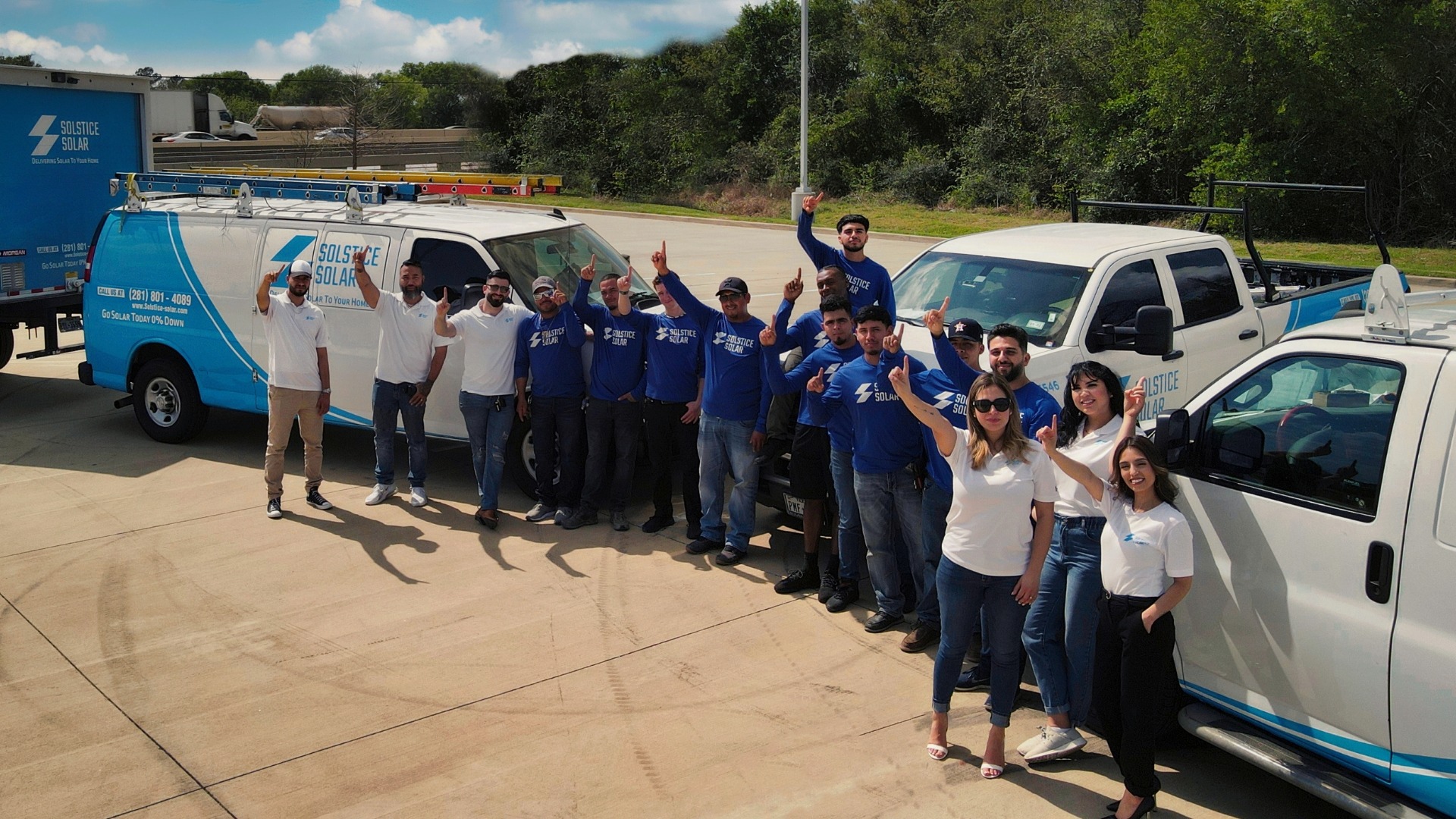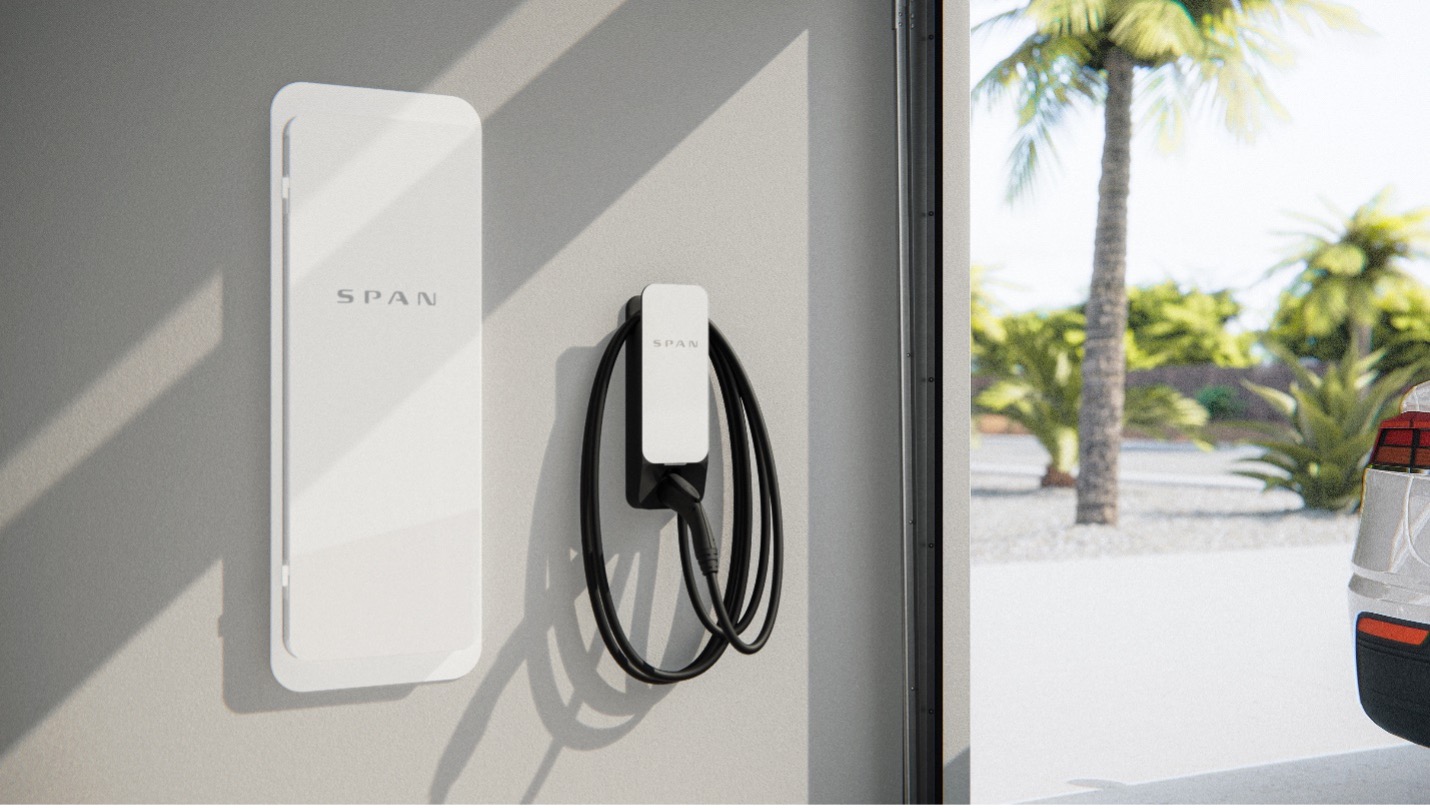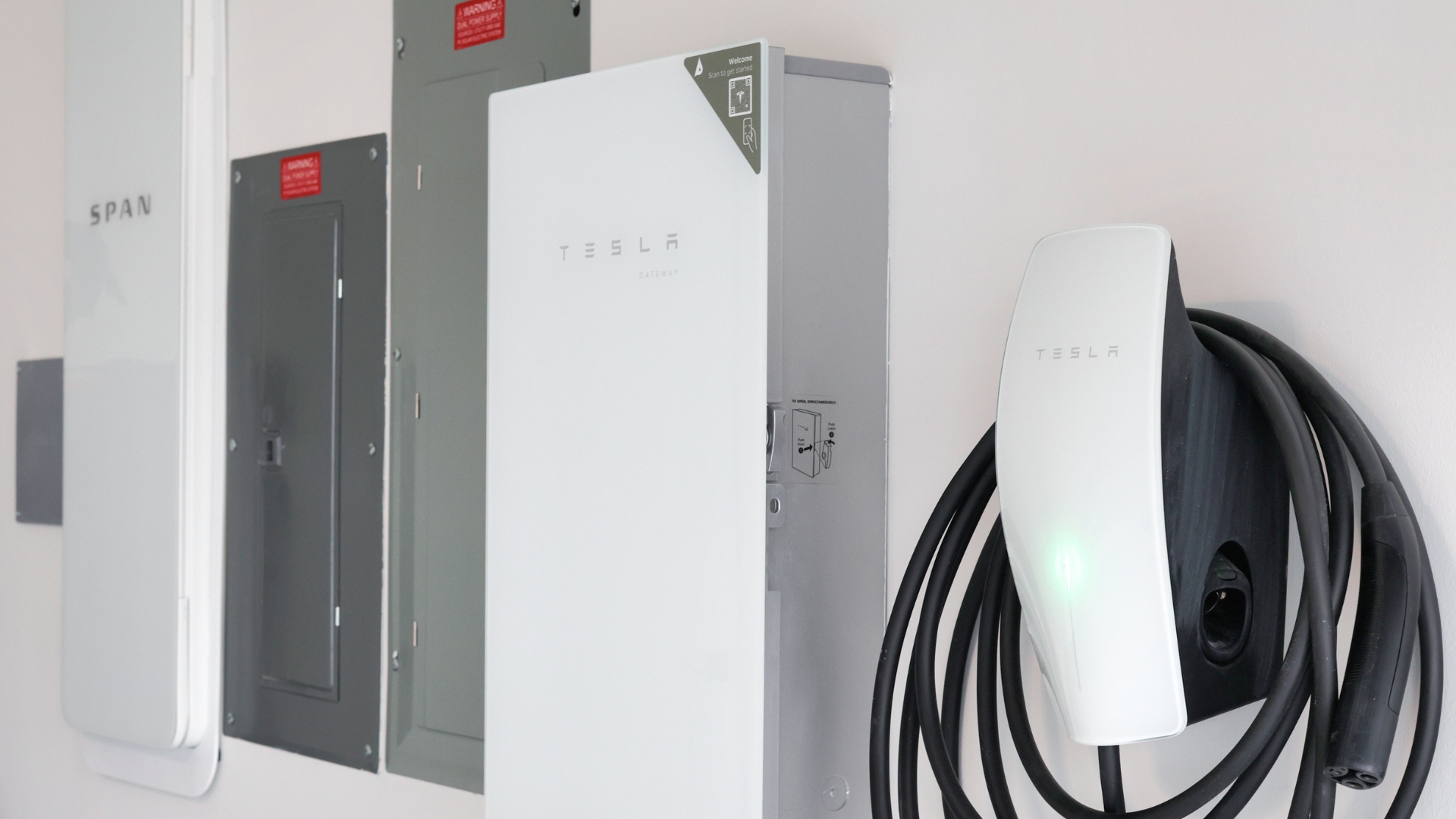The Difference Between Bifacial and Monofacial Solar Panels
As the world embraces the shift towards renewable energy, the continuous advancements in solar technology play a pivotal role in meeting the increasing demand and steering us to a brighter more sustainable future. The solar industry has witnessed significant innovation across all its components, with a notable focus on continuous improvements in solar PV panels. This progress has resulted in the widespread adoption of the two most favored and embraced technologies, the bifacial and monofacial solar panels, each with its own set of attributes and advantages.
Despite the growing preference for bifacial solar panels among installers, the critical question remains, is it the right call every time? Join us on this exploration, as we unravel the complexities of solar advancements and simplify the comparison between bifacial and monofacial solar panels.
What Are Monofacial Solar Panels And How Do They Work?
Monofacial solar panels, the traditional and widely-used photovoltaic type, feature single-sided modules on their front surface. These panels capture sunlight, utilizing photovoltaic cells and semiconductor materials to convert it into electricity. Known for their simplicity, they boast high efficiency in generating solar power; therefore, they are common in residential, commercial, and utility-scale solar energy installations.
The Advantages of Monofacial Solar Panels
Monofacial solar panels distinguish themselves in the market and are favored by installers for their multitude of advantages. Their simplicity and uncomplicated manufacturing process not only make them cost-effective but also contribute to their widespread use in various residential and commercial projects. Beyond their economic appeal, these panels boast high reliability, exhibiting durability and long-term performance as their straightforward design not only enhances reliability but also minimizes solar maintenance requirements, ensuring a seamless and cost-efficient investment for installers. Overall, their versatility and effectiveness in numerous applications solidify monofacial solar panels as a preferred solution in the solar energy landscape.
What Are Bifacial Solar Panels And How Do They Work?
Moving on, the second most common and preferred type of solar PV panels among solar installers in the market from residential and commercial installations are Bifacial solar panels. Bifacial panels standouts in the market against monofacial solar due to their transparent back sheet feature that emables the panel to absorb energy from both sides, thus increasing overall energy generation. Due to their unique and innovative design, bafacial panels are typically installed on a titled racking system to allo them to capture higher energy from the back side as well as front, as their efficiency increases with a higher tilt making them the right choice for various solar applications and projects.
The Advantages of Bifacial Solar Panels
Preferred by installers over traditional monofacial solar PV panels, bifacial solar panels present a distinctive advantage owing to their dual-sided energy capture. This innovative feature significantly amplifies energy generation, ensuring heightened efficiency and output, resulting in high energy yields. Beyond this technological advancement, bifacial panels are preferred among the best solar installers in the market for their adaptability in diverse environmental conditions, excelling in challenging settings and effectively capturing low-angle sunlight. Their versatility extends to various applications, including ground-mounted arrays, rooftops, and integration into building designs. This all-encompassing adaptability positions bifacial solar panels as a superior choice for installers in residential, commercial, and utility-scale projects.
Which Solar Panel Type Is Right For You?
Choosing the right solar panel for your project involves careful consideration of various factors. Both monofacial and bifacial solar panels offer high efficiency and electricity generation, but the optimal choice depends on your specific needs. Your solar installer will assess factors such as current energy consumption, required energy output, available space for installation, and your budget. In general, if you prioritize the highest energy production and are willing to invest more upfront, bifacial solar panels are an ideal choice. On the other hand, if you have budget constraints or need a solar panel for a location lacking a reflective surface, monofacial solar panels provide a cost-effective option.
For personalized advice tailored to your requirements and needs, schedule a free solar consultation with our team at Solstice Solar to determine the best solar solution for you.







